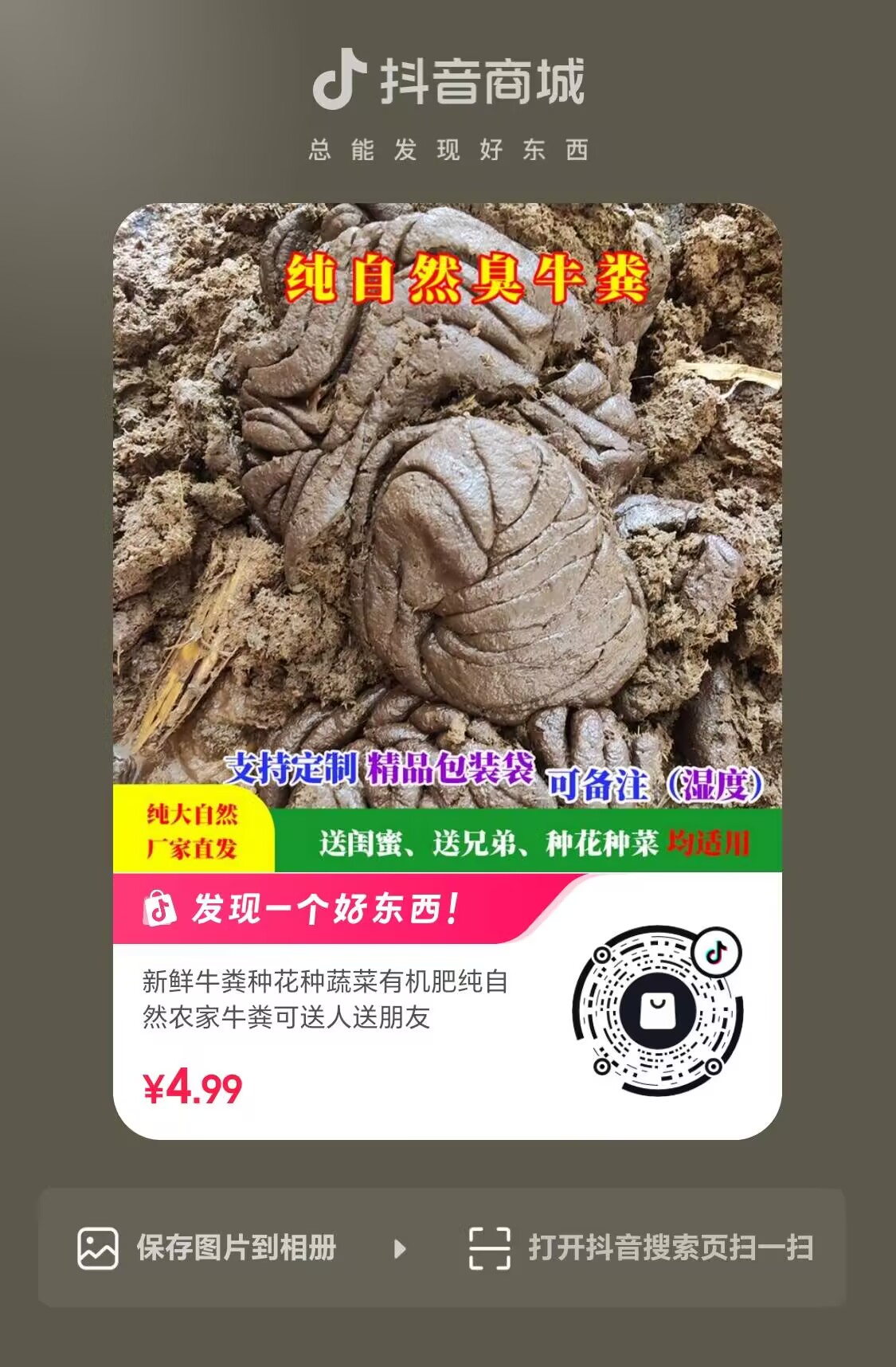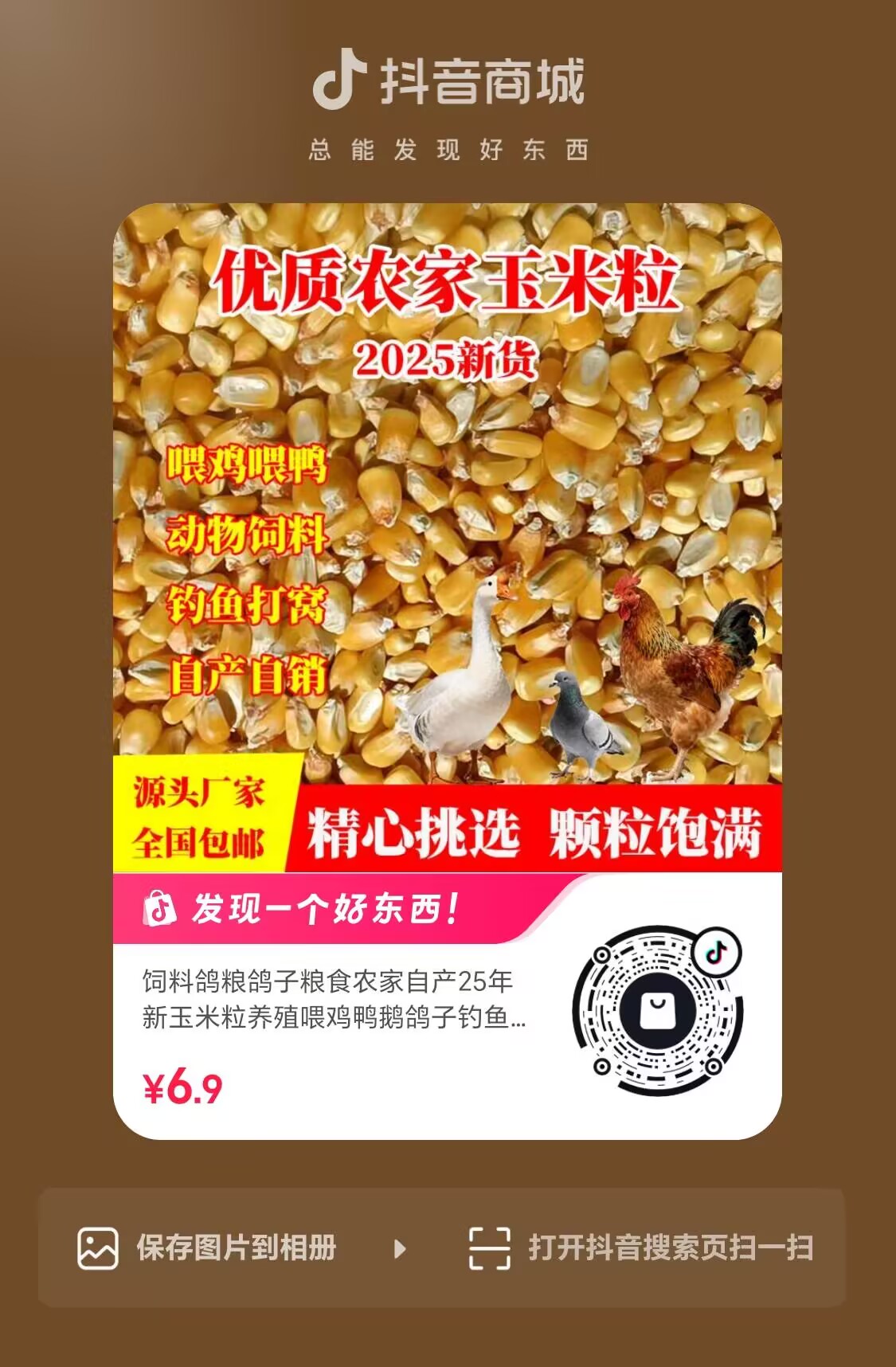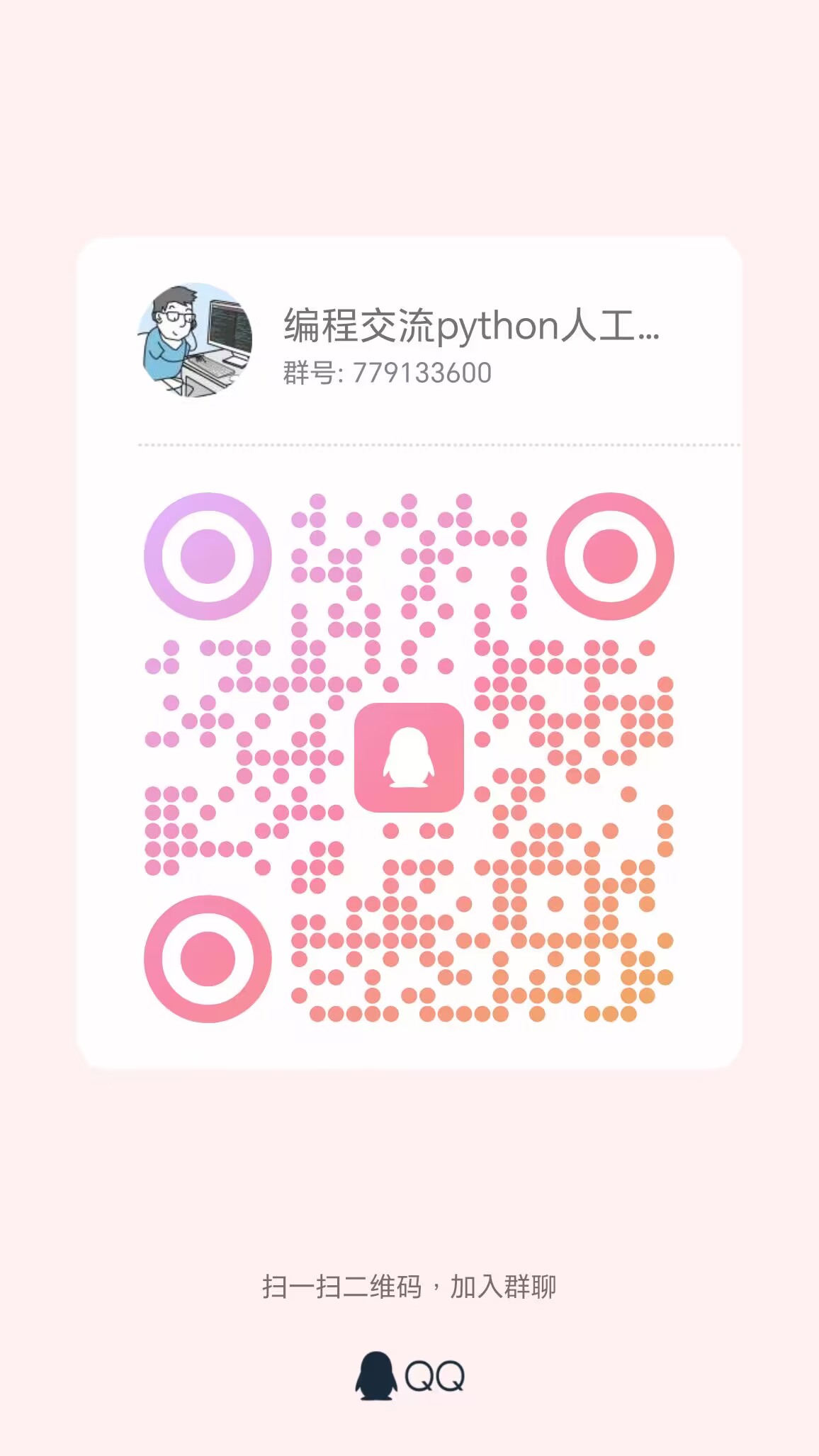1 简介
https://docs.spring.io/spring-framework/docs/current/reference/html/core.html
4 IOC创建对象的方式
ApplicationContext.xml
- 默认使用无参构造对象
<bean id="user" class="com.steak.pojo.User">
<property name="name" value="有勇气的牛排"/>
</bean>
- 假使我们要使用有参构造创建对象
(1) 下标赋值
<bean id="user" class="com.steak.pojo.User">
<constructor-arg index="0" value="有勇气的牛排1"/>
</bean>
(2) 类型
<bean id="user" class="com.steak.pojo.User">
<constructor-arg type="java.lang.String" value="有勇气的牛排2"/>
</bean>
(3) 参数名
<bean id="user" class="com.steak.pojo.User">
<constructor-arg name="name" value="有勇气的牛排3" />
</bean>
总结:在配置文件加载的时候,容器中管理的对象就已经初始化了
仓库地址:
https://gitee.com/courage_steak/steak_java_spring/tree/master/spring-03-ioc2
5 Spring配置
5.1 别名
ApplicationContext.xml
<alias name="user" alias="uasr_a"/>
5.2 Bean的配置
<bean id="userT" class="com.steak.pojo.UserT" name="user_2 u2,u3;u4">
<property name="name" value="大佬"/>
</bean>
5.3 import
一般用于团队开发使用,它可以将多个配置文件导入合并为一个。
别名相同,会合并
<?xml version="1.0" encoding="UTF-8"?>
<beans xmlns="http://www.springframework.org/schema/beans"
xmlns:xsi="http://www.w3.org/2001/XMLSchema-instance"
xsi:schemaLocation="http://www.springframework.org/schema/beans
https://www.springframework.org/schema/beans/spring-beans.xsd">
<import resource="beans1.xml"/>
</beans>
仓库地址:
https://gitee.com/courage_steak/steak_java_spring/tree/master/spring-03-ioc2/src/main/resources
6 依赖注入
6.1 构造器注入
6.2 Set方式注入(重点)
依赖注入(Set注入)
- 依赖:bean对象的创建依赖于容器
- 注入:bean对象中的所有属性,由容器来注入
<bean id="address" class="com.steak.pojo.Address">
<property name="address" value="西安"/>
</bean>
<bean id="student" class="com.steak.pojo.Student">
<property name="name" value="有勇气的牛排"/>
<property name="address" ref="address"/>
<property name="books">
<array>
<value>遥远的救世主</value>
<value>背叛</value>
<value>天幕红尘</value>
</array>
</property>
<property name="hobbys">
<list>
<value>听音乐</value>
<value>看书</value>
<value>打篮球</value>
</list>
</property>
<property name="card">
<map>
<entry key="身份证" value="123456"/>
<entry key="银行卡" value="234561"/>
</map>
</property>
<property name="games">
<set>
<value>QQ飞车</value>
<value>贪吃蛇</value>
<value>坦克大战</value>
</set>
</property>
<property name="wife">
<null/>
</property>
<property name="info">
<props>
<prop key="学号">20220625</prop>
<prop key="性别">男</prop>
<prop key="姓名">导演</prop>
</props>
</property>
</bean>
https://gitee.com/courage_steak/steak_java_spring/tree/master/spring-04-di
6.3 拓展方式
- p命名 和 c命名
xmlns:p="http://www.springframework.org/schema/p"
xmlns:c="http://www.springframework.org/schema/c"
user_beans.xml
<?xml version="1.0" encoding="UTF-8"?>
<beans xmlns="http://www.springframework.org/schema/beans"
xmlns:xsi="http://www.w3.org/2001/XMLSchema-instance"
xmlns:p="http://www.springframework.org/schema/p"
xmlns:c="http://www.springframework.org/schema/c"
xsi:schemaLocation="http://www.springframework.org/schema/beans
https://www.springframework.org/schema/beans/spring-beans.xsd">
<bean id="user" class="com.steak.pojo.User" p:name="导演"/>
<bean id="user2" class="com.steak.pojo.User" c:age="18" c:name="导演"/>
</beans>
User.java
public class User {
private String name;
private int age;
public User() {
}
public User(String name, int age) {
this.name = name;
this.age = age;
}
...
}
MyTest.java
@Test
public void test2(){
ClassPathXmlApplicationContext context = new ClassPathXmlApplicationContext("user_beans.xml");
User user =(User) context.getBean("user");
System.out.println(user.toString());
}
6.4 bean的作用域
https://docs.spring.io/spring-framework/docs/current/reference/html/core.html#beans-factory-scopes
- 单例模式(Spring默认机制):singleton
<bean id="user2" class="com.steak.pojo.User" c:age="18" c:name="导演" scope="singleton"/>
- 原型模式:prototype
每次从容器中get的时候,都会产生一个新对象
<bean id="user2" class="com.steak.pojo.User" c:age="18" c:name="导演" scope="prototype"/>
- 其余的request、session、application,只能在web开发中使用
https://www.bilibili.com/video/BV1WE411d7Dv
<h2><a id="1__0"></a>1 简介</h2>
<p>https://docs.spring.io/spring-framework/docs/current/reference/html/core.html</p>
<h2><a id="4_IOC_3"></a>4 IOC创建对象的方式</h2>
<p>ApplicationContext.xml</p>
<ol>
<li>默认使用无参构造对象</li>
</ol>
<pre><div class="hljs"><code class="lang-xml"><span class="hljs-tag"><<span class="hljs-name">bean</span> <span class="hljs-attr">id</span>=<span class="hljs-string">"user"</span> <span class="hljs-attr">class</span>=<span class="hljs-string">"com.steak.pojo.User"</span>></span>
<span class="hljs-tag"><<span class="hljs-name">property</span> <span class="hljs-attr">name</span>=<span class="hljs-string">"name"</span> <span class="hljs-attr">value</span>=<span class="hljs-string">"有勇气的牛排"</span>/></span>
<span class="hljs-tag"></<span class="hljs-name">bean</span>></span>
</code></div></pre>
<ol start="2">
<li>假使我们要使用有参构造创建对象</li>
</ol>
<p>(1) 下标赋值</p>
<pre><div class="hljs"><code class="lang-xml"><span class="hljs-comment"><!-- 1.有参构造-下标赋值 --></span>
<span class="hljs-tag"><<span class="hljs-name">bean</span> <span class="hljs-attr">id</span>=<span class="hljs-string">"user"</span> <span class="hljs-attr">class</span>=<span class="hljs-string">"com.steak.pojo.User"</span>></span>
<span class="hljs-tag"><<span class="hljs-name">constructor-arg</span> <span class="hljs-attr">index</span>=<span class="hljs-string">"0"</span> <span class="hljs-attr">value</span>=<span class="hljs-string">"有勇气的牛排1"</span>/></span>
<span class="hljs-tag"></<span class="hljs-name">bean</span>></span>
</code></div></pre>
<p>(2) 类型</p>
<pre><div class="hljs"><code class="lang-xml"><span class="hljs-comment"><!-- 2.有参构造-参数类型匹配 不推荐使用--></span>
<span class="hljs-tag"><<span class="hljs-name">bean</span> <span class="hljs-attr">id</span>=<span class="hljs-string">"user"</span> <span class="hljs-attr">class</span>=<span class="hljs-string">"com.steak.pojo.User"</span>></span>
<span class="hljs-tag"><<span class="hljs-name">constructor-arg</span> <span class="hljs-attr">type</span>=<span class="hljs-string">"java.lang.String"</span> <span class="hljs-attr">value</span>=<span class="hljs-string">"有勇气的牛排2"</span>/></span>
<span class="hljs-tag"></<span class="hljs-name">bean</span>></span>
</code></div></pre>
<p>(3) 参数名</p>
<pre><div class="hljs"><code class="lang-xml"><span class="hljs-comment"><!-- 3.有参构造-直接通过参数名--></span>
<span class="hljs-tag"><<span class="hljs-name">bean</span> <span class="hljs-attr">id</span>=<span class="hljs-string">"user"</span> <span class="hljs-attr">class</span>=<span class="hljs-string">"com.steak.pojo.User"</span>></span>
<span class="hljs-tag"><<span class="hljs-name">constructor-arg</span> <span class="hljs-attr">name</span>=<span class="hljs-string">"name"</span> <span class="hljs-attr">value</span>=<span class="hljs-string">"有勇气的牛排3"</span> /></span>
<span class="hljs-tag"></<span class="hljs-name">bean</span>></span>
</code></div></pre>
<p>总结:在配置文件加载的时候,容器中管理的对象就已经初始化了</p>
<p>仓库地址:<br />
https://gitee.com/courage_steak/steak_java_spring/tree/master/spring-03-ioc2</p>
<h2><a id="5_Spring_45"></a>5 Spring配置</h2>
<h3><a id="51__47"></a>5.1 别名</h3>
<p>ApplicationContext.xml</p>
<pre><div class="hljs"><code class="lang-xml"><span class="hljs-comment"><!-- 设置别名 --></span>
<span class="hljs-tag"><<span class="hljs-name">alias</span> <span class="hljs-attr">name</span>=<span class="hljs-string">"user"</span> <span class="hljs-attr">alias</span>=<span class="hljs-string">"uasr_a"</span>/></span>
</code></div></pre>
<h3><a id="52_Bean_55"></a>5.2 Bean的配置</h3>
<pre><div class="hljs"><code class="lang-xml"><span class="hljs-comment"><!--
id: bean的唯一标识符,类似于对象名
class: bean对象所对应的全限定名:包名+类型
name: 也是别名,可以同时取多个别名
--></span>
<span class="hljs-tag"><<span class="hljs-name">bean</span> <span class="hljs-attr">id</span>=<span class="hljs-string">"userT"</span> <span class="hljs-attr">class</span>=<span class="hljs-string">"com.steak.pojo.UserT"</span> <span class="hljs-attr">name</span>=<span class="hljs-string">"user_2 u2,u3;u4"</span>></span>
<span class="hljs-comment"><!-- <bean id="userT" class="com.steak.pojo.UserT"> --></span>
<span class="hljs-tag"><<span class="hljs-name">property</span> <span class="hljs-attr">name</span>=<span class="hljs-string">"name"</span> <span class="hljs-attr">value</span>=<span class="hljs-string">"大佬"</span>/></span>
<span class="hljs-tag"></<span class="hljs-name">bean</span>></span>
</code></div></pre>
<h3><a id="53_import_69"></a>5.3 import</h3>
<p>一般用于团队开发使用,它可以将多个配置文件导入合并为一个。<br />
别名相同,会合并</p>
<pre><div class="hljs"><code class="lang-xml"><span class="hljs-meta"><?xml version="1.0" encoding="UTF-8"?></span>
<span class="hljs-tag"><<span class="hljs-name">beans</span> <span class="hljs-attr">xmlns</span>=<span class="hljs-string">"http://www.springframework.org/schema/beans"</span>
<span class="hljs-attr">xmlns:xsi</span>=<span class="hljs-string">"http://www.w3.org/2001/XMLSchema-instance"</span>
<span class="hljs-attr">xsi:schemaLocation</span>=<span class="hljs-string">"http://www.springframework.org/schema/beans
https://www.springframework.org/schema/beans/spring-beans.xsd"</span>></span>
<span class="hljs-comment"><!-- 导入 --></span>
<span class="hljs-tag"><<span class="hljs-name">import</span> <span class="hljs-attr">resource</span>=<span class="hljs-string">"beans1.xml"</span>/></span>
<span class="hljs-tag"></<span class="hljs-name">beans</span>></span>
</code></div></pre>
<p>仓库地址:<br />
<a href="https://gitee.com/courage_steak/steak_java_spring/tree/master/spring-03-ioc2/src/main/resources" target="_blank">https://gitee.com/courage_steak/steak_java_spring/tree/master/spring-03-ioc2/src/main/resources</a></p>
<h2><a id="6__91"></a>6 依赖注入</h2>
<h3><a id="61__93"></a>6.1 构造器注入</h3>
<h3><a id="62_Set_96"></a>6.2 Set方式注入(重点)</h3>
<p>依赖注入(Set注入)</p>
<ul>
<li>依赖:bean对象的创建依赖于容器</li>
<li>注入:bean对象中的所有属性,由容器来注入</li>
</ul>
<pre><div class="hljs"><code class="lang-xml"><span class="hljs-comment"><!-- 2. Bean注入, ref --></span>
<span class="hljs-tag"><<span class="hljs-name">bean</span> <span class="hljs-attr">id</span>=<span class="hljs-string">"address"</span> <span class="hljs-attr">class</span>=<span class="hljs-string">"com.steak.pojo.Address"</span>></span>
<span class="hljs-tag"><<span class="hljs-name">property</span> <span class="hljs-attr">name</span>=<span class="hljs-string">"address"</span> <span class="hljs-attr">value</span>=<span class="hljs-string">"西安"</span>/></span>
<span class="hljs-tag"></<span class="hljs-name">bean</span>></span>
<span class="hljs-tag"><<span class="hljs-name">bean</span> <span class="hljs-attr">id</span>=<span class="hljs-string">"student"</span> <span class="hljs-attr">class</span>=<span class="hljs-string">"com.steak.pojo.Student"</span>></span>
<span class="hljs-comment"><!-- 1. 普通依赖注入 --></span>
<span class="hljs-tag"><<span class="hljs-name">property</span> <span class="hljs-attr">name</span>=<span class="hljs-string">"name"</span> <span class="hljs-attr">value</span>=<span class="hljs-string">"有勇气的牛排"</span>/></span>
<span class="hljs-comment"><!-- 2. Bean注入, ref引用注入 --></span>
<span class="hljs-tag"><<span class="hljs-name">property</span> <span class="hljs-attr">name</span>=<span class="hljs-string">"address"</span> <span class="hljs-attr">ref</span>=<span class="hljs-string">"address"</span>/></span>
<span class="hljs-comment"><!-- 3. 数组注入, ref --></span>
<span class="hljs-tag"><<span class="hljs-name">property</span> <span class="hljs-attr">name</span>=<span class="hljs-string">"books"</span>></span>
<span class="hljs-tag"><<span class="hljs-name">array</span>></span>
<span class="hljs-tag"><<span class="hljs-name">value</span>></span>遥远的救世主<span class="hljs-tag"></<span class="hljs-name">value</span>></span>
<span class="hljs-tag"><<span class="hljs-name">value</span>></span>背叛<span class="hljs-tag"></<span class="hljs-name">value</span>></span>
<span class="hljs-tag"><<span class="hljs-name">value</span>></span>天幕红尘<span class="hljs-tag"></<span class="hljs-name">value</span>></span>
<span class="hljs-tag"></<span class="hljs-name">array</span>></span>
<span class="hljs-tag"></<span class="hljs-name">property</span>></span>
<span class="hljs-comment"><!-- 4. List --></span>
<span class="hljs-tag"><<span class="hljs-name">property</span> <span class="hljs-attr">name</span>=<span class="hljs-string">"hobbys"</span>></span>
<span class="hljs-tag"><<span class="hljs-name">list</span>></span>
<span class="hljs-tag"><<span class="hljs-name">value</span>></span>听音乐<span class="hljs-tag"></<span class="hljs-name">value</span>></span>
<span class="hljs-tag"><<span class="hljs-name">value</span>></span>看书<span class="hljs-tag"></<span class="hljs-name">value</span>></span>
<span class="hljs-tag"><<span class="hljs-name">value</span>></span>打篮球<span class="hljs-tag"></<span class="hljs-name">value</span>></span>
<span class="hljs-tag"></<span class="hljs-name">list</span>></span>
<span class="hljs-tag"></<span class="hljs-name">property</span>></span>
<span class="hljs-comment"><!-- 4. Map --></span>
<span class="hljs-tag"><<span class="hljs-name">property</span> <span class="hljs-attr">name</span>=<span class="hljs-string">"card"</span>></span>
<span class="hljs-tag"><<span class="hljs-name">map</span>></span>
<span class="hljs-tag"><<span class="hljs-name">entry</span> <span class="hljs-attr">key</span>=<span class="hljs-string">"身份证"</span> <span class="hljs-attr">value</span>=<span class="hljs-string">"123456"</span>/></span>
<span class="hljs-tag"><<span class="hljs-name">entry</span> <span class="hljs-attr">key</span>=<span class="hljs-string">"银行卡"</span> <span class="hljs-attr">value</span>=<span class="hljs-string">"234561"</span>/></span>
<span class="hljs-tag"></<span class="hljs-name">map</span>></span>
<span class="hljs-tag"></<span class="hljs-name">property</span>></span>
<span class="hljs-comment"><!-- 5. Set --></span>
<span class="hljs-tag"><<span class="hljs-name">property</span> <span class="hljs-attr">name</span>=<span class="hljs-string">"games"</span>></span>
<span class="hljs-tag"><<span class="hljs-name">set</span>></span>
<span class="hljs-tag"><<span class="hljs-name">value</span>></span>QQ飞车<span class="hljs-tag"></<span class="hljs-name">value</span>></span>
<span class="hljs-tag"><<span class="hljs-name">value</span>></span>贪吃蛇<span class="hljs-tag"></<span class="hljs-name">value</span>></span>
<span class="hljs-tag"><<span class="hljs-name">value</span>></span>坦克大战<span class="hljs-tag"></<span class="hljs-name">value</span>></span>
<span class="hljs-tag"></<span class="hljs-name">set</span>></span>
<span class="hljs-tag"></<span class="hljs-name">property</span>></span>
<span class="hljs-comment"><!-- 5. null --></span>
<span class="hljs-tag"><<span class="hljs-name">property</span> <span class="hljs-attr">name</span>=<span class="hljs-string">"wife"</span>></span>
<span class="hljs-tag"><<span class="hljs-name">null</span>/></span>
<span class="hljs-tag"></<span class="hljs-name">property</span>></span>
<span class="hljs-comment"><!-- 6. Properties --></span>
<span class="hljs-tag"><<span class="hljs-name">property</span> <span class="hljs-attr">name</span>=<span class="hljs-string">"info"</span>></span>
<span class="hljs-tag"><<span class="hljs-name">props</span>></span>
<span class="hljs-tag"><<span class="hljs-name">prop</span> <span class="hljs-attr">key</span>=<span class="hljs-string">"学号"</span>></span>20220625<span class="hljs-tag"></<span class="hljs-name">prop</span>></span>
<span class="hljs-tag"><<span class="hljs-name">prop</span> <span class="hljs-attr">key</span>=<span class="hljs-string">"性别"</span>></span>男<span class="hljs-tag"></<span class="hljs-name">prop</span>></span>
<span class="hljs-tag"><<span class="hljs-name">prop</span> <span class="hljs-attr">key</span>=<span class="hljs-string">"姓名"</span>></span>导演<span class="hljs-tag"></<span class="hljs-name">prop</span>></span>
<span class="hljs-tag"></<span class="hljs-name">props</span>></span>
<span class="hljs-tag"></<span class="hljs-name">property</span>></span>
<span class="hljs-tag"></<span class="hljs-name">bean</span>></span>
</code></div></pre>
<p><a href="https://gitee.com/courage_steak/steak_java_spring/tree/master/spring-04-di" target="_blank">https://gitee.com/courage_steak/steak_java_spring/tree/master/spring-04-di</a></p>
<h3><a id="63__170"></a>6.3 拓展方式</h3>
<ol>
<li>p命名 和 c命名</li>
</ol>
<pre><div class="hljs"><code class="lang-xml"><span class="hljs-comment"><!-- p命名 --></span>
xmlns:p="http://www.springframework.org/schema/p"
<span class="hljs-comment"><!-- c命名 --></span>
xmlns:c="http://www.springframework.org/schema/c"
</code></div></pre>
<p>user_beans.xml</p>
<pre><div class="hljs"><code class="lang-xml"><span class="hljs-meta"><?xml version="1.0" encoding="UTF-8"?></span>
<span class="hljs-tag"><<span class="hljs-name">beans</span> <span class="hljs-attr">xmlns</span>=<span class="hljs-string">"http://www.springframework.org/schema/beans"</span>
<span class="hljs-attr">xmlns:xsi</span>=<span class="hljs-string">"http://www.w3.org/2001/XMLSchema-instance"</span>
<span class="hljs-attr">xmlns:p</span>=<span class="hljs-string">"http://www.springframework.org/schema/p"</span>
<span class="hljs-attr">xmlns:c</span>=<span class="hljs-string">"http://www.springframework.org/schema/c"</span>
<span class="hljs-attr">xsi:schemaLocation</span>=<span class="hljs-string">"http://www.springframework.org/schema/beans
https://www.springframework.org/schema/beans/spring-beans.xsd"</span>></span>
<span class="hljs-comment"><!-- p命名空间注入,可以直接注入属性的值 --></span>
<span class="hljs-tag"><<span class="hljs-name">bean</span> <span class="hljs-attr">id</span>=<span class="hljs-string">"user"</span> <span class="hljs-attr">class</span>=<span class="hljs-string">"com.steak.pojo.User"</span> <span class="hljs-attr">p:name</span>=<span class="hljs-string">"导演"</span>/></span>
<span class="hljs-comment"><!-- c命名空间注入,通过构造器注入(有参):construct-args --></span>
<span class="hljs-tag"><<span class="hljs-name">bean</span> <span class="hljs-attr">id</span>=<span class="hljs-string">"user2"</span> <span class="hljs-attr">class</span>=<span class="hljs-string">"com.steak.pojo.User"</span> <span class="hljs-attr">c:age</span>=<span class="hljs-string">"18"</span> <span class="hljs-attr">c:name</span>=<span class="hljs-string">"导演"</span>/></span>
<span class="hljs-tag"></<span class="hljs-name">beans</span>></span>
</code></div></pre>
<p>User.java</p>
<pre><div class="hljs"><code class="lang-java"><span class="hljs-keyword">public</span> <span class="hljs-keyword">class</span> <span class="hljs-title class_">User</span> {
<span class="hljs-keyword">private</span> String name;
<span class="hljs-keyword">private</span> <span class="hljs-type">int</span> age;
<span class="hljs-comment">// 无参构造</span>
<span class="hljs-keyword">public</span> <span class="hljs-title function_">User</span><span class="hljs-params">()</span> {
}
<span class="hljs-comment">// 有参构造</span>
<span class="hljs-keyword">public</span> <span class="hljs-title function_">User</span><span class="hljs-params">(String name, <span class="hljs-type">int</span> age)</span> {
<span class="hljs-built_in">this</span>.name = name;
<span class="hljs-built_in">this</span>.age = age;
}
...
}
</code></div></pre>
<p>MyTest.java</p>
<pre><div class="hljs"><code class="lang-java"><span class="hljs-meta">@Test</span>
<span class="hljs-keyword">public</span> <span class="hljs-keyword">void</span> <span class="hljs-title function_">test2</span><span class="hljs-params">()</span>{
<span class="hljs-type">ClassPathXmlApplicationContext</span> <span class="hljs-variable">context</span> <span class="hljs-operator">=</span> <span class="hljs-keyword">new</span> <span class="hljs-title class_">ClassPathXmlApplicationContext</span>(<span class="hljs-string">"user_beans.xml"</span>);
<span class="hljs-comment">// User user =context.getBean("user",User.class);</span>
<span class="hljs-type">User</span> <span class="hljs-variable">user</span> <span class="hljs-operator">=</span>(User) context.getBean(<span class="hljs-string">"user"</span>);
System.out.println(user.toString());
}
</code></div></pre>
<h3><a id="64_bean_235"></a>6.4 bean的作用域</h3>
<p>https://docs.spring.io/spring-framework/docs/current/reference/html/core.html#beans-factory-scopes</p>
<ol>
<li>单例模式(Spring默认机制):singleton</li>
</ol>
<pre><div class="hljs"><code class="lang-xml"><span class="hljs-tag"><<span class="hljs-name">bean</span> <span class="hljs-attr">id</span>=<span class="hljs-string">"user2"</span> <span class="hljs-attr">class</span>=<span class="hljs-string">"com.steak.pojo.User"</span> <span class="hljs-attr">c:age</span>=<span class="hljs-string">"18"</span> <span class="hljs-attr">c:name</span>=<span class="hljs-string">"导演"</span> <span class="hljs-attr">scope</span>=<span class="hljs-string">"singleton"</span>/></span>
</code></div></pre>
<ol start="2">
<li>原型模式:prototype</li>
</ol>
<p>每次从容器中get的时候,都会产生一个新对象</p>
<pre><div class="hljs"><code class="lang-xml"><span class="hljs-tag"><<span class="hljs-name">bean</span> <span class="hljs-attr">id</span>=<span class="hljs-string">"user2"</span> <span class="hljs-attr">class</span>=<span class="hljs-string">"com.steak.pojo.User"</span> <span class="hljs-attr">c:age</span>=<span class="hljs-string">"18"</span> <span class="hljs-attr">c:name</span>=<span class="hljs-string">"导演"</span> <span class="hljs-attr">scope</span>=<span class="hljs-string">"prototype"</span>/></span>
</code></div></pre>
<ol start="3">
<li>其余的request、session、application,只能在web开发中使用</li>
</ol>
<p>https://www.bilibili.com/video/BV1WE411d7Dv</p>





评论区